THE FUTURE OF WORK: LEARNING TO MANAGE UNCERTAINTY
With vaccinations affording a return to office-based work late this year or early next, business theorists are debating obsessively – and myopically – where work will take place. Will we return to the office of 2019? Unlikely. Is a pants-free work-from-anywhere the office of the future? Perhaps for some. Is the office/work-from-home hybrid the new normal? Many people think so. Yet as interesting as those debates may be, if our only learning from 75 weeks of pandemic lockdown is about where we work, then we’ve missed the tremendous opportunity to rethink every dimension of work in the Human Capital Era. For workplaces and people to thrive, we have to rethink not just where we work, but who works, how we measure work, what we do for work, and perhaps most importantly why we work.
In this first of a series of essays, we’ll examine Who works. Later, we’ll explore how we measure work. The current 8-hour day/40-hour week work environment is the result of Henry Ford’s observations in 1926 that accidents and errors occurred after 8 hours of work because routine physical labor breaks down at eight hours. Fewer and fewer of us do routine physical work today. Cognitive labor breaks down differently. Perhaps our workday structure should be different, too.
What we do for work is changing, too. As more and more work becomes collaborative the routine and predictable tasks are increasingly offloaded to technology. That shift demands that we continually re-tool ourselves for new types of work. Indeed, the shelf life of (technical) skills is shortening so quickly that the skills gap will never close.


